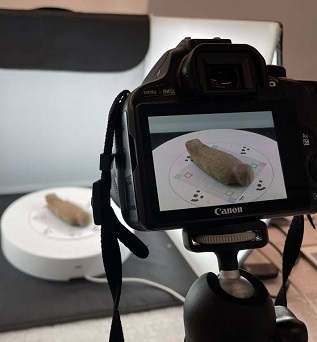
The traditional reconstruction of Egyptian Pharaonic history has a strong ‘top down’ character, vitally depending on written sources, which encompass historical narratives from an elite formal perspective.
Two main blind-spots have prevented a full commitment to Egyptian social history: the lack –or elusiveness– of material evidence from a lower level of the population; the overshadowing preponderance of sources, including written sources, tied to the uppermost part of society. The discipline risks of sinking into self-repetition: the continuous (re-)production of the history of the wealthy people.
Despite this impasse and the resulting disciplinary isolation of Egyptology, ancient Egypt offers ideal potential for reconstructing a solid complex social history, due to its great variety of source artefact types (including formalised visual and written sources), to its abundance of material (organic and inorganic), and also, to its significance in wider interregional archaeology. Although artefacts do not directly transmit information on a society, they remain one of the keys to social relations, as they encapsulate traces of multiple human acts.
The project is divided into two main branches: a multidisciplinary archaeological dimension and an archaeometric one.
Priority is given to the intact find-groups, because they preserves the ancient moment of deposition of multiple objects: an intact group carries maximum potential for exploring the patterns of internal networks and structures, as they encapsulate traces of human activity, forming a complex agency network with other objects and with the society that produced them.
Each object may be considered as a unique item but its broader social and historical significance can only be assessed in comparison with other objects, in assemblages by type (modern analytical typology), or by find-group (archaeological closed context).
At the same time microscopic/laboratory-based analyses for more detailed identification of materials and techniques of production and use will be carried out. The aim is to integrate Egyptological-archaeometric interpretation of results with current Egyptological research.
The project therefore has multiple scopes. By combining the results of the archaeometric analyses and the archaeological study of the contexts, it will be possible, first of all, to increase the knowledge on one individual artefacts in the study, such as, for example, identify the materials that compose it and propose a source for them.
Secondly, the synthesis of the results of the archaeometric analyses and of the archaeological and historical studies conducted on the objects and groups of objects under analysis will aim to contestualize the artefacts in their social context. For example, the identification of production techniques and traces of use combined with information inferred from archaeological contexts and historical sources will be used to hypothesize the “chaîne opératoire” that led to the creation of the artefacts, if they have had multiple uses in the course of their “life” and what possible reasons led them to be buried in that specific context.
